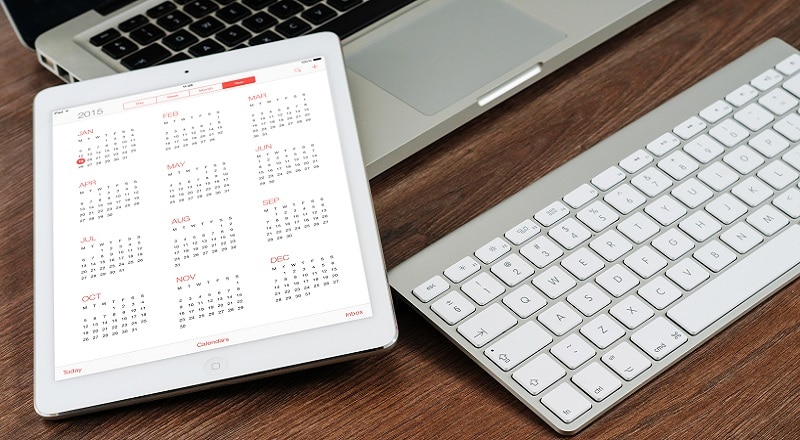Never Miss Out Your Emails and Meetings with GAL Sync

TechsPlace | Microsoft’s business suite package one of the most powerful and widely used packages across all organizations worldwide. Smart tools like Office 365, Outlook, Skype for Business, Teams, and Sync Exchange cater to an enormous market and somehow have formed the backbone for any company. Among all these, the GAL (Global Address List) is another fantastic component that allows organizations to create, maintain, and share the contacts and address books of all necessary personnel in their organization. It serves as a unified database containing the contact details and to integrate them with other associated Office software. Be it managing mails with Outlook, calls over Skype, or sharing content over OneDrive, the GAL syncs the contacts everywhere.
But, in the 21st century, when little smartphones can do so much that people rely on them for all sorts of activities, the Sync Exchange is missing out on the ‘Sync’ feature to integrate one’s calendars, contacts and other details with the smartphones. The sync works perfectly across various devices on the network and Office applications, allowing users to share their details, contacts, and calendars. But, this doesn’t work with mobile’s default mail and calendar apps – mainly for Android and iOS devices. Inherently, one needs to use the Outlook app on their phones to be able to access the Sync Exchange.
How can you connect these into one?
To resolve this limitation, there are several third-party applications like Itrezzo GAL Sync offer integration systems. These unified contact management applications can seamlessly sync the GAL contacts and calendars to smartphone applications. Thus, integrating your Outlook mailbox, enterprise contacts and address book with that on your business phone. And the best part about it is that you don’t need any additional productivity apps on individual devices. You don’t have to do anything on those smartphones or tell users to use anything. It would all happen behind the scene.
Why do you need an integrated system?
When working with big organizations and huge teams, where collaborations are essential, this gap can present a real bottleneck. It can somehow interfere in smooth communication and limit the working models.
- Limits the collaboration
Missing synced contacts and calendars, often pose a challenge for people working across different locations and in distributed work models as there is always a dependency on the network to get access to the contact details and connects with other colleagues. - Manual efforts hamper productivity and efficiency
Though users can manually push the contact details and set up their calendars on their devices, it requires a sincere effort. Furthermore, the lack of integration means repetitive manual effort and outdated data. - No offline support
One can always go online and fetch details from the Office/ Outlook network, but it is a tedious process and what about offline connectivity. Without contacts and a schedule synced to your device, getting access to those details is a huge task.
How does GAL sync on smartphones benefit?
- Managing meeting and schedules effectively
For people in certain roles, meetings form a major part of their day, and these meetings can be ad-hoc, planned, and rescheduled and have last-minute changes. Having calendar sync can be a great asset in such situations as the users can be at par with their schedules and get regular updates on their mobile devices instead of jumping back and forth on the system for schedules. Also, it is easier to shift schedules, post updates, and to manage working hours. - Staying connected and informed about the teams
For project teams distributed across different locations and time schedules, one of the biggest challenges is collaboration and connecting with people. With GAL sync on mobile phones, teams can stay connected more effectively and reduce time lags. - Sharing content and mail resources
Apart from calendar updates and mail sync, some mobile integrating applications also support Sync Exchange folder sharing. Based on roles and access rights, you can sync mailboxes, exchange folders as well as personal folders on your mobile. Based on the organization’s security policies and data management guidelines, folders between teams and users can also be shared using these integration applications. - Security and data protection guidelines
Data synchronization is performed via secure channels and VPN protocols along with the LDAP protocols that are widely used across the Microsoft landscape. This ensures that data flow is monitored and shared through secured channels.
In the current technological landscape, mobile phones occupy the central theme in most aspects. And there is a gradual shift in the features and tasks people want to perform through their smartphones. This means integrating the company’s address list, mailboxes, calendars, etc. is just the beginning of the transition.
Having shared and synced access to this content on your employee’s smartphones can contribute to improved resource management; reduce the chances of missing out on important e-mails and meetings, and, in-turn, help with better collaborations across teams.
This article is contributed by guest author on techsplace.com.





